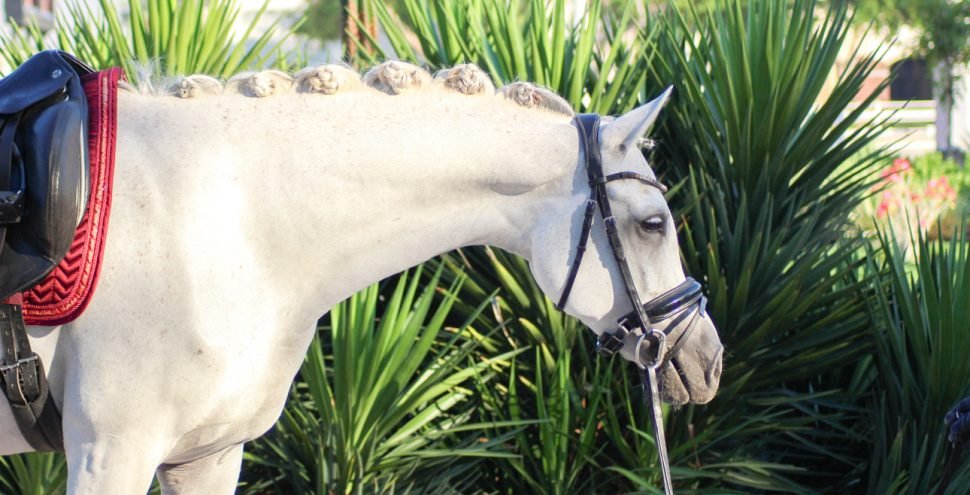Ensuring the safety of young riders is paramount when it comes to equestrian activities. As they develop their skills and deepen their passion for riding, it’s crucial that they are equipped with the right safety gear to protect them from potential risks. This isn’t just about following guidelines—it’s about cultivating a culture of safety that accompanies them in every ride, whether they’re training at the stables or competing in events.
We believe that understanding and choosing the most effective equestrian safety gear can significantly reduce the likelihood of injuries and enhance the overall riding experience. It’s not only about cushioning against falls but also about enabling young riders to perform their best without fear. By providing a solid foundation of safety, we empower them to pursue their equestrian aspirations confidently. Join us as we delve into the essentials of equestrian safety gear, tailored specifically for the needs and activities of young riders, ensuring they are well-protected and prepared for any riding environment.
Understanding the Basics of Equestrian Safety Gear
When it comes to horse riding, safety must always come first. Ensuring you have the right safety gear is crucial, not only to protect yourself from potential accidents but also to enhance your confidence and comfort while riding. Equestrian safety gear includes several key pieces: a helmet, body protector, riding boots, and appropriate leg wear. Each piece of equipment plays a vital role in protecting different parts of your body.
We start with the helmet, which is your primary defence against head injuries. Helmets are engineered to absorb impact and protect your skull in the event of a fall. Following the helmet, body protectors shield your torso from impacts and potential punctures. Riding boots with a heel prevent your foot from slipping through the stirrup, reducing the risk of dragging if you fall. Finally, good quality legwear not only protects your lower legs from chafing but also offers slight protection against scrapes and bumps. Ensuring each piece of safety gear fits properly is as important as wearing them. Let’s dive deeper into why a well-fitting helmet is not just a recommendation but a necessity.
The Crucial Role of a Properly Fitted Helmet
The first step in any riding routine should involve putting on a helmet. A properly fitted helmet can be the difference between a minor injury and a life-threatening situation. It’s imperative that the helmet fits snugly without being uncomfortably tight. It should sit level on your head and not rock forward or backward. The straps should always be fastened; a helmet won’t protect you if it flies off during a fall.
To ensure you have the best fit, you should get your head measured by a professional. Remember, children and teens need their helmets checked more regularly due to growth spurts. Helmets are not lifetime items. They should be replaced after any significant impact, regardless of visible damage, or every five years as materials degrade over time, reducing their effectiveness. Wearing a well-fitted helmet shows a commitment to riding safely, respecting both the sport and the inherent risks involved. Knowing what to look for when choosing a helmet not only keeps you safe but also sets a standard for younger riders.
Choosing the Right Body Protector for Your Child
Selecting the correct body protector for your child is as crucial as choosing a helmet. A body protector is designed to absorb the impact during a fall, protecting the chest, ribs, and back. When selecting a body protector, ensure it meets the current safety standards and is specifically designed for horse riding. It should fit snugly while allowing your child the necessary freedom of movement to ride comfortably.
To judge the correct fit, ask your child to perform typical riding movements when trying on the protector. The garment should not pinch or bulge, and it must stay in place as they move. Regularly check the fit, especially if your child is growing, and replace the body protector after any significant impact or every five years, similarly to helmets, as materials can degrade and reduce protection levels over time.
Essentials for Foot and Leg Protection
Protecting your feet and legs is crucial for preventing injuries that could keep you off your horse for extended periods. Starting from the bottom, riding boots are essential. They should have a small heel to prevent the foot from slipping through the stirrup, and the sole should offer a good grip. Consider materials that offer durability but also flexibility for comfortable movement.
For leg protection, chaps and gaiters provide an extra layer against scrapes and bruises while also offering support and stability to the lower leg. They should fit well and complement the safety features of your boots, creating a comprehensive protective layer from the knee down. Like all equestrian gear, it’s important that these are regularly inspected for wear and tear to ensure they continue to offer the maximum protection.
Conclusion
When it comes to equestrian safety, every piece of gear plays a pivotal role. From helmets that protect your head to body protectors that shield the torso and boots and chaps that safeguard your feet and legs, each item is a critical component of a safety ensemble that allows riders to pursue their passion with peace of mind.
Although we don’t yet sell safety gear, we want you to be in the know. We are your premier equestrian clothing brand and have everything you need to look great in the saddle. Explore our wide selection of beautiful riding gear on our website today and benefit from our expert guidance, to ensure you and your loved ones are fully equipped for every ride.





